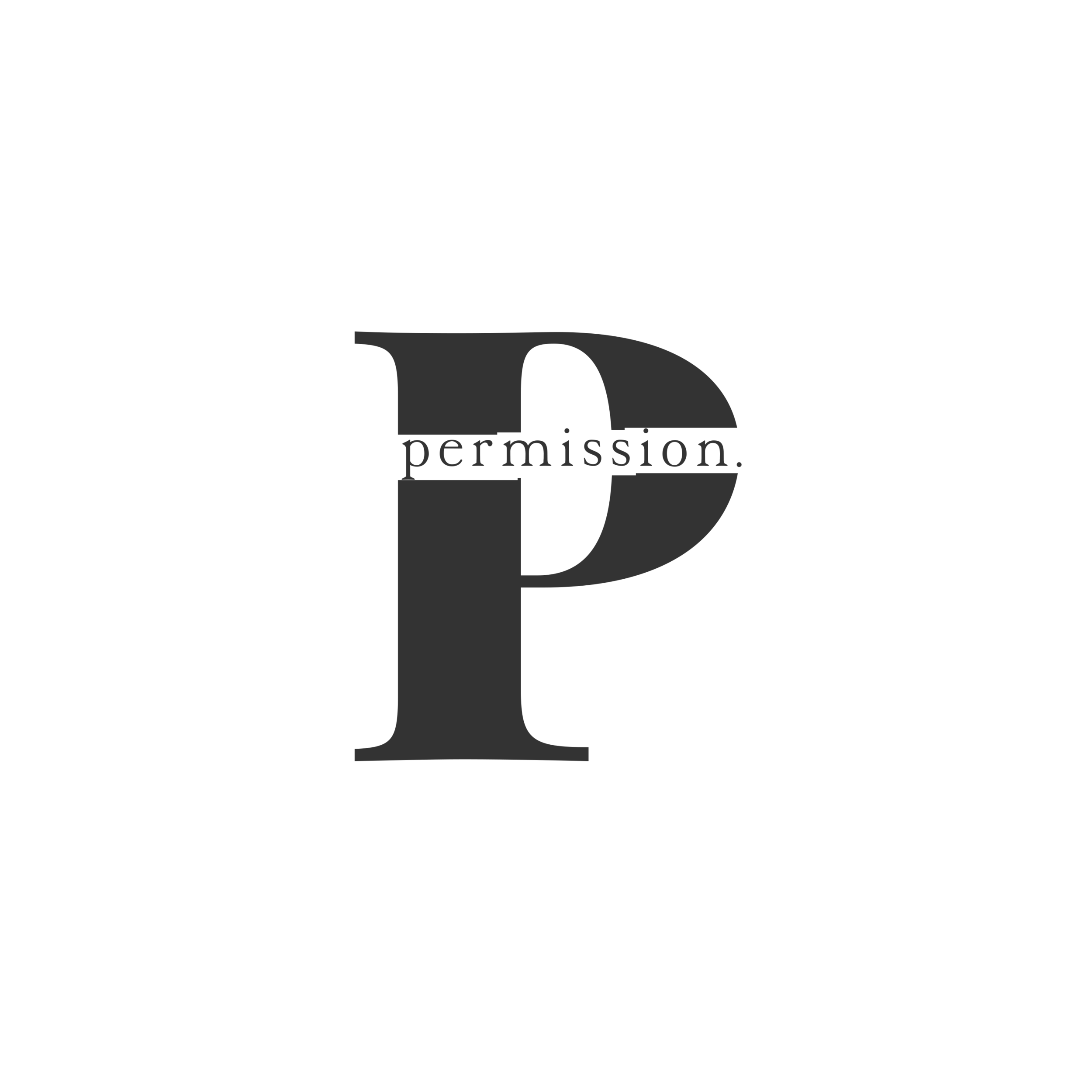the craft. writing profiles.
I got the most experience with profile pieces writing for free for an awesome local magazine in Philadelphia called JUMP Magazine. It was run by George Miller, a Temple Journalism professor and it focused on local music acts. JUMP is where I got my first and only (so far) cover story. I know online discourse will tell you “Don’t write for free,” but I think that’s silly. I learned so much from the opportunities I was given. If you’re writing for free, but learning something, that’s a win in my book. Specifically, as someone who was not a journalism major, on-the-job training was necessary. So, this week, I’m passing along some of those tips to you specifically as we gear up for our next PTW Masterclass on the Art of Interviewing with Tonya Abari.
Research is at the top of the list for writing anything really. But I like to dig into the subject. One thing that’s always been important to me is finding the questions that haven’t already been asked. Especially when someone is on a press run, it can get redundant quickly and I feel that the subject is often pleasantly surprised when you ask them something different. In general, you want to feel well-versed in your person. There is nothing cute about the reporter who mentioned they didn’t prepare at all for a Rihanna interview. We (rubs hand) as Black and Brown writers do not have the luxury, nor should we want it. It’s helpful to be interested in the person you’re going to profile. Even if you didn’t know them before, your research should help you want to know more.
Another no-brainer is of course your recording option. You always want to make sure you have a backup and if you’re like me, I also take notes. I like to try to pick out great quotes while they’re speaking but that’s more so a personal thing. I like to highlight the things that struck me at the moment vs. listening back to the whole thing. Which I do to transcribe of course, but it feels nice to me to have both. But if you’re not quick or good with shorthand, it helps to have multiple recording devices because LORD KNOWS!
Pre-pandemic, it was essential to spend time with the subject. That’s honestly what kind of separates a profile from a regular Q&A-type interview. You actually get to observe the subject in some of their element which is great. JUMP required you to go to at least two locations with your subject. Here you also want to take notes you can incorporate into your piece. What did it smell like? What was your subject wearing? What sounds were happening around you? This brings your reader into the story.
We also had to incorporate another perspective. Of course, your subject is the point of your story. But it adds depth when you also speak to people that are in relation to your subject or affected by their work, etc. A manager, collaborator, or a consumer, find someone else to talk to about your subject as well.
In developing your line of questioning, I normally like to start with the simplest stuff. You want to build a rapport with your subject and jumping right into tough or controversial questions is the way to end an interview before it even begins. Especially if you’re not a known journalist. When I had the opportunity to interview PnB Rock, one of the first things I asked was his dog’s name. That made asking about his stint in prison a little easier. I’ve always taken a “people-first approach” with interviewing, which journalism professionals might not suggest. But for me, anyone I’ve ever interviewed is a person first and I try to give them that grace. You’ll never catch me trying to paint a negative image of someone. Everyone has a story and they deserve something fair to be heard about that story. In my very humble writing opinion, I want to tell the truth but in love.
Once I’ve listened to the recording, I work on developing my angle. What is the story I’m trying to tell? When interviewing Terry McMillan, our conversation naturally drifted to the overall theme of getting older and how life isn’t over because you’re not young anymore. This helped tie together her own story along with the book she released, “It’s Not All Downhill From Here.”
Lastly, I love the process of deciding what I want to paraphrase and what I want to use quotes for. This is innate and a bit hard to explain but make sure your quotes move the story forward. It’s a dance for sure, to select those parts of the convo that punctuate the story you want to tell.
Profiles sometimes take a little more than the typical Q&A. But I still like writing them. I also enjoy a good conversation. So as intimidating as interviews can be, I try to remind myself it’s just talking which is one of my favorite things to do.
As a reminder, the recording of “The Art of Interviewing” will be up on the video content page the week following June 5th!
Writing/Job Opportunities
Bitch Media is hiring an Executive Director. (Don’t self-reject. Word to Evette Dionne)
BET is hiring for multiple positions, one as Writer/Producer.
Disney’s annual writing program is open for submissions.
Revolt is looking for an Associate Managing Editor.
Insider, Inc is hiring a TV/Entertainment Fellow.
The Fader is hiring a Social Media Editor.
Grove Atlantic is hiring a Publishing Fellow.
The Verge is hiring a Commerce/Deals Writer.
Capital B is hiring an Editorial Director.
To Be Read
How to Find Compelling Comps for Your Book
Roxane Gay Starts Publishing Imprint with Grove Atlantic
Armchair Traveling: Books Set in Every U.S. State

